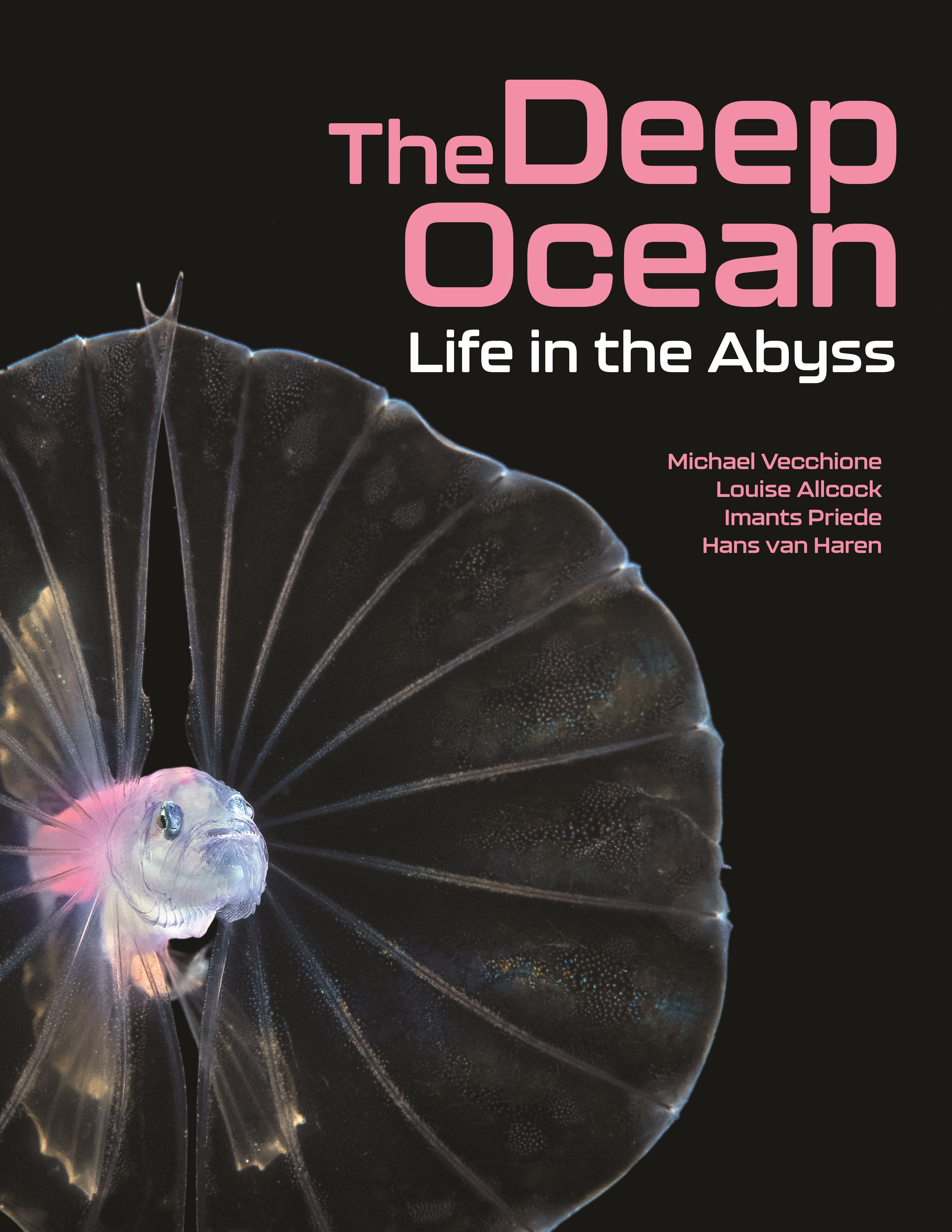The extent of anthropogenic influence on the Earth’s climate warrants studies of the ocean as a major player. The ocean circulation is important for transporting properties like heat, carbon and nutrients. A supposed major conduit is the Atlantic Meridional Overturning Circulation (AMOC). Schematically, it transports heat from the equator to the poles near the surface and carbon in the abyssal return. As the AMOC is a complex nonlinear dynamical system, it is challenging to predict its potential to collapse from a statistical viewpoint using a particular estimator of sea-surface temperature. Whilst this might be robust mathematically, it lacks physical insight of the drivers of the AMOC. As is argued here, physical processes will alter the estimators, and thereby statistical analyses.
The Deep Ocean: life in the abyss
Book available via: https://press.princeton.edu/books/hardcover/9780691226811/the-deep-ocean
meten is weten, als je weet wat je meet
Measuring is knowing, if you know what you measure
Internal wave and turbulence observations with very high-resolution temperature sensors along the Cabauw mast
Knowledge about the characteristics of the atmospheric boundary layer is vital for the understanding of redistribution of air and suspended contents that are particularly driven by turbulent motions. Despite many modelling studies, detailed observations are still demanded of the development of turbulent exchange under stable and unstable conditions. In this paper, we present an attempt to observationally describe atmospheric internal waves and their associated turbulent eddies in detail, under varying stable conditions. Therefore, we mounted 198 high-resolution temperature ‘T’-sensors with 1-m spacing on a 200-m long cable. The instrumented cable was attached along the 213 m tall meteorological mast of Cabauw, the Netherlands, during late-summer 2017. The mast has standard meteorological equipment at extendable booms at 6 levels in height. A sonic anemometer is at 60 m above ground. The T-sensors have a time constant in air of τa≈3 s and an apparent drift about 0.1°C/mo. Also due to radiation effects, short-term measurement instability is 0.05°C/h during nighttime and 0.5°C/h during daytime. These T-sensor characteristics hamper quantitative atmospheric turbulence research, due to a relatively narrow inertial subrange of maximum one order of magnitude. Nevertheless, height-time images from two contrasting nights show internal waves up to the buoyancy period of about 300 s, and shear and convective deformation of the stratification over the entire 197 m range of observations, supported by nocturnal marginally stable stratification. Moderate winds lead to 20-m tall convection across weaker stratification, weak winds to episodic <10-m tall shear instability across larger stratification.
Recently published with Fred Bosveld in JTech-2022.
Further reading: download PDF-file
